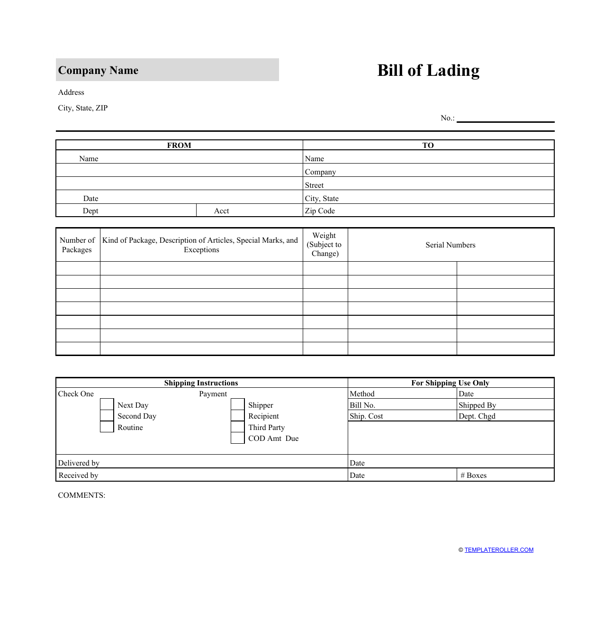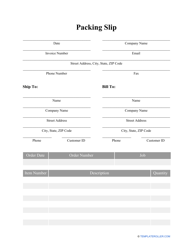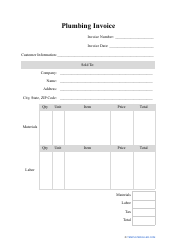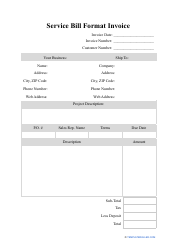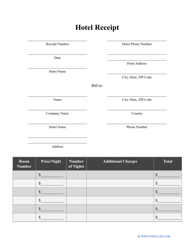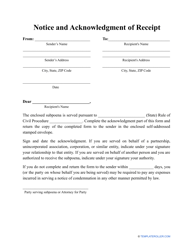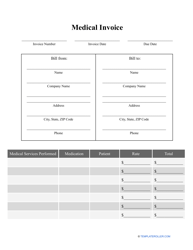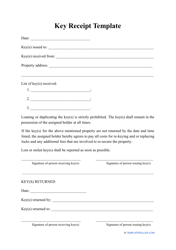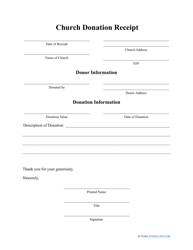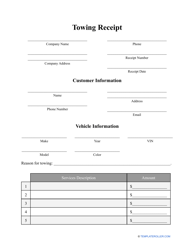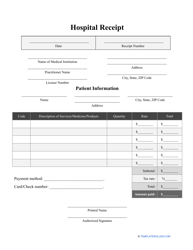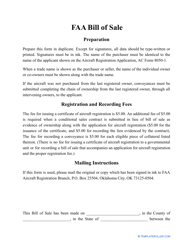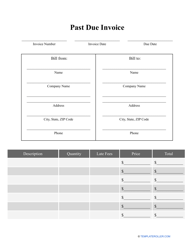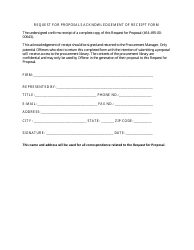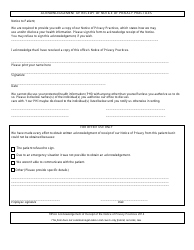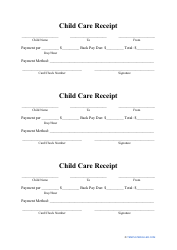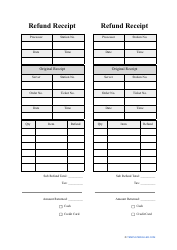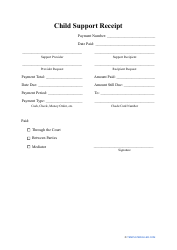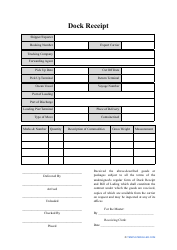Bill of Lading Template
What Is a Bill of Lading?
A Bill of Lading is a legal document issued by a carrier to a shipper to acknowledge receipt of goods for carrying. The document details the quantity, type, and destination of the cargo being shipped. It serves several purposes, including:
- Shipment Receipt . The Bill of Lading is presented as a receipt for shipped goods, that can be used as proof of shipment.
- Contract of Carriage . The document contains the terms and conditions that parties have agreed on for the transportation of goods.
- Title . It confirms the title over the goods described in it to the lawful holder.
You can download our blank Bill of Lading template through the link below.
What Is a Consignee on a Bill of Lading?
A Bill of Lading is presented in the form of an agreement between several parties. In the widest view, the four parties can be distinguished as:
- Shipper . The party that prepares cargo to turn over to the carrier to transport it. A shipper can also be alternatively known as a consignor or seller.
- Carrier . The party that is responsible for transferring cargo sometimes referred to as an agent.
- Consignee . The receiver of the cargo.
- Notified Party . The individual or entity that must be notified by the carrier when the shipment has arrived at the port of discharge.
Depending on the specifics of the document it can have fewer parties, but it must always contain information about the consignee (or where to ship the cargo in the case of a "Bearer Bill of Lading") and the shipper.
What Are the Types of Bill of Lading?
There are different Bill of Lading classifications depending on the various principles and what is included in it. Bills of Lading can be negotiable and non-negotiable. A Negotiable Bill of Lading is a document upon which a title can be transferred to another party. A Non-Negotiable Bill of Lading is a form upon which the shipment is consigned to a particular party and they must be the final recipient of the goods.
Other common Bill of Lading types include the following:
- Straight Bill of Lading . A document upon which the payment has already been made. It requires a carrier to transfer the shipment to a specific party and it cannot be reassigned to anyone else.
- Order Bill of Lading . Parties use this type of document when transferring goods is prior to the payment. It requires a carrier to ship the cargo to the consignee, while they can order the cargo to be transferred further. The title of the goods transfers after the endorsement of the shipper.
- Bearer Bill of Lading . In this case, there is no consignee named on the form and the bearer of the Bill of Lading is the owner of the shipment. The delivery should be made to whosoever holds the document.
- Switch Bill of Lading . This is not a type of Bill of Lading in common sense, it is a duplicate of an existing Bill of Lading, which can be requested to substitute the original document.
Depending on the level of the carrier's responsibility, the document can fall into one of the following three categories:
- Port-to-Port Bill of Lading . As stated in the name of this type of Bill of Lading, the carrier has the responsibility from the port of loading to the port of discharge.
- Multimodal (or Combined) Bill of Lading . This type of bill of lading combines more than one mode of transfers (for example, sea and road). Carrier's responsibility starts at the place of receipt and ends at the place of delivery of the goods.
- Through Bill of Ladings . Unlike a multimodal Bill of Lading, this document has only one mode of shipment transfer, but different legs (for example, inland water, and sea). The Carrier only holds responsibility for their leg of sea transport.
How to Fill Out a Bill of Lading?
While you can download a generic Bill of Lading, it is important to pay attention to its structure and what should be included in it. A bill of lading should contain:
- Names and addresses of all parties involved. Depending on the type of the document, it should indicate the shipper, the carrier, the notify party, and the consignee.
- Bill of Lading number and booking number. Unique numbers to reference the document and the shipment.
- Special instructions (if there are any).
- Description of items. Types of goods being shipped, quantity, weight, size, value, etc.
- Terms and conditions of carriage. If they are listed in another document, then there should be a reference to it.
- Ship date and due date (pickup date).
- Signatures.
Still looking for a particular template? Take a look at the related templates below:
